Despite Russia’s protests, it circulates fictitious map showing parts of India at SCO. Is China behind this adventurism?
Pakistan is playing a dangerous geo-political game, needling India from the other end as China’s serf State, without realising that all of it could boomerang on itself. Having failed to internationalise the Kashmir issue despite the abrogation of Article 370, it has now taken its territorial aggression to redrawing its maps and appropriating what it fancifully feels is owed to it. So in August it released a new map, incorporating Kashmir, parts of Ladakh and Junagadh in Gujarat. India had rightly called this vacuous and unilateral declaration, which is not backed by any credible reasoning, support groups, historical reasoning or legal validity, as a “political absurdity.” So Pakistan, in a bid to legitimise its claims, circulated this map at a virtual meeting of the national security advisors of Shanghai Cooperation Organisation (SCO) member countries, despite host Russia’s resistance. India rightly walked out of the meeting, saying Pakistan’s move violated SCO norms, which mandated that no bilateral issue would be discussed and that the sovereignty and territorial integrity of member-states would be respected. The Russia-India-China axis dominates the SCO, which, as a counterweight to the US-dominated NATO, has emerged as one of the largest trans-regional international organisations accounting for almost 44 per cent of the world population, stretching from the Arctic Ocean to the Indian Ocean and from the Pacific Ocean to the Baltic Sea. China is seeking to use it in its global domination against the US and while it has sufficiently debt-trapped Central Asian republics and other regional players to do its bidding, it is trying to neutralise Russia by becoming its biggest investor and is now needling India. Considering that India is intransigent on yielding to China’s terms on the Ladakh standoff, regardless of the meetings of the Foreign and Defence Ministers of both nations on the sidelines of the SCO, it just wanted to embarrass India, making it look like an “occupier” at a public forum. And for this it used its proxy, Pakistan. China has also been trying to convince Russia to scale down its defence deals with India following the border standoff and the map fiasco, which undoubtedly has left Moscow red-faced, was about strong-arming it as well. True, Russia is pragmatic enough about keeping both China and India on its side to establish its relevance in a multi-polar world and even front India to counter Chinese heft. But China certainly doesn’t want India, which has won brownie points at international fora for being decorous and respecting the rule of law, to prevail at SCO. In fact, it was what Pakistan Foreign Minister Shah Mehmood Qureshi said recently that shows this cartographic offensive to be a part of a larger pattern and not just Pakistan’s independent move. “The new map shows Kashmir shares a clear border with China,” a clear indication that like Nepal, this attempt to redraw boundaries was made at China’s behest and underlines our eastern neighbour’s desire for strategic contiguity in the region than Pakistan’s any real concern for Kashmir. While India is firm on Chinese withdrawal from eastern Ladakh that seems to have driven a wedge in their greater plan to control the Karakoram by squeezing us with salami-slicing, Pakistan’s map claims are clearly intended to warn us of a two-front offensive. Pakistan is heating up the Line of Control (LoC), having moved almost 20,000 soldiers recently to match Chinese deployment on the Line of Actual Control (LAC). Its ceasefire violations and infiltration bids have gone up by about 60 per cent this year, something which didn’t happen even after the Balakot airstrikes. If recent reports are to be believed, then the Chinese are no longer shadow-boxing. Just like in Nepal, their officials have had a series of meetings with their Pakistani counterparts in Gilgit-Baltistan and have been aiding them clandestinely to revive old terror networks against India. Debt-trapped by the China-Pakistan Economic Corridor (CPEC), with its economy in the doldrums and heavily dependent on borrowings and bailouts, Pakistan is but a pawn in China’s gameplan.
Yet Pakistan Prime Minister Imran Khan forgets that such unilateralism will beget unilateralism from the Indian side as well. And hurt its interests. The new map is nothing but an adventurist version of its 1947-48 map and in one blow scythes through all bilateral agreements that came after it, primarily the 1972 Shimla Agreement. If Khan wants to negate the understanding that bilateral disputes will be resolved bilaterally, is he also prepared for the negation of all other bilateral treaties we have regarding water-sharing? And if he has taken the liberty of depicting territories under Indian control as Pakistani territory, then how would he counter other valid land claims from our side? In that sense, Pakistan’s latest offensive is nothing short of playing with fire. Realising that the US is now more an ally of India and is humouring it, Pakistan is desperately coopting the Kashmir issue under the banner of pan-Islamism. So it is involving Turkey, which wants to be a leader of the neo-Islamic world, in its criticism of India and seeking Chinese endorsement. Only Pakistan doesn’t realise that its Kashmir strategy is still not quite exportable. And that China, while using it for posturing, will continue to engage with India for geo-strategic reasons.







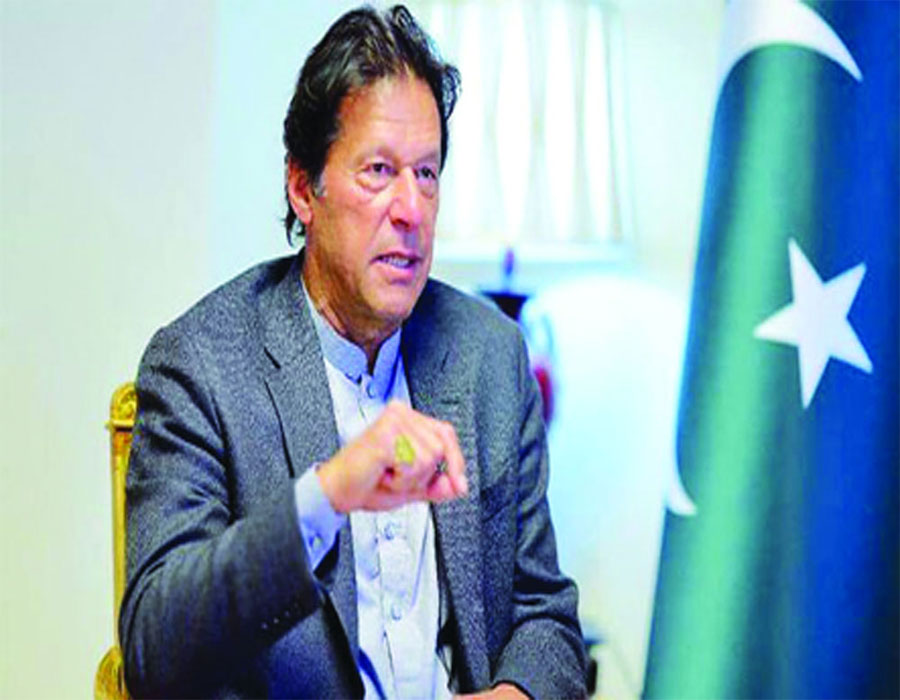
 OpinionExpress.In
OpinionExpress.In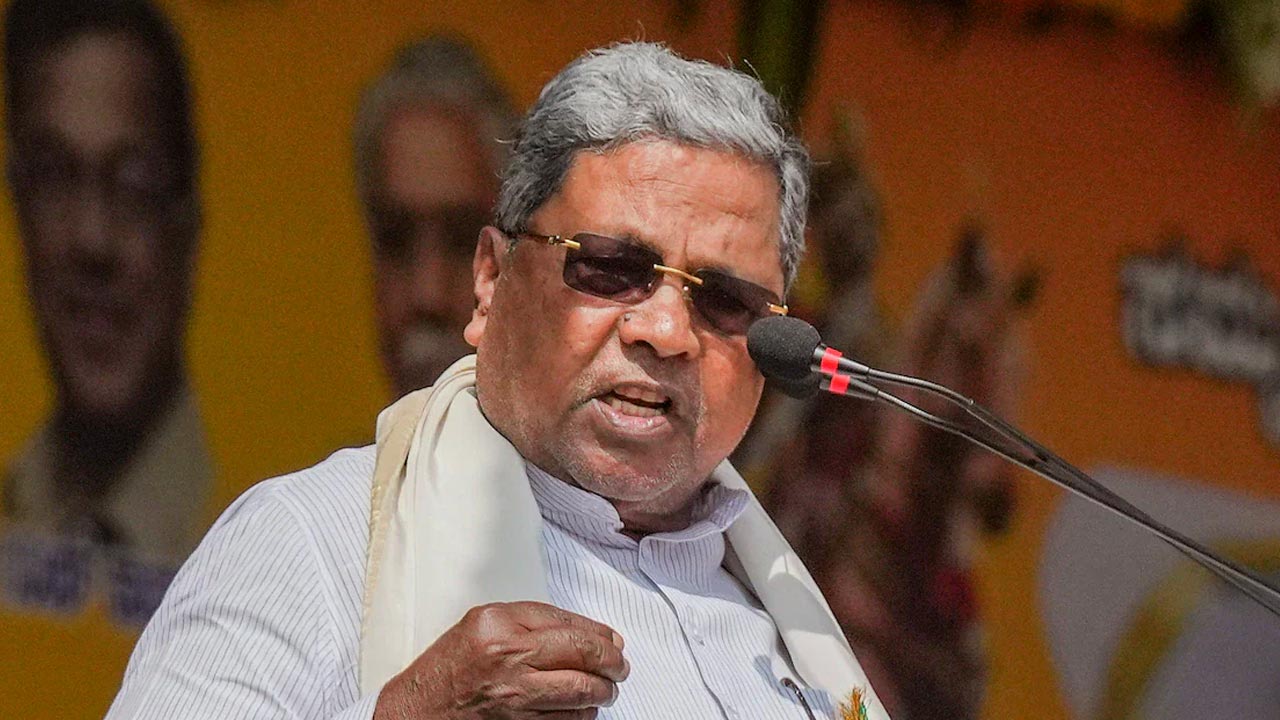
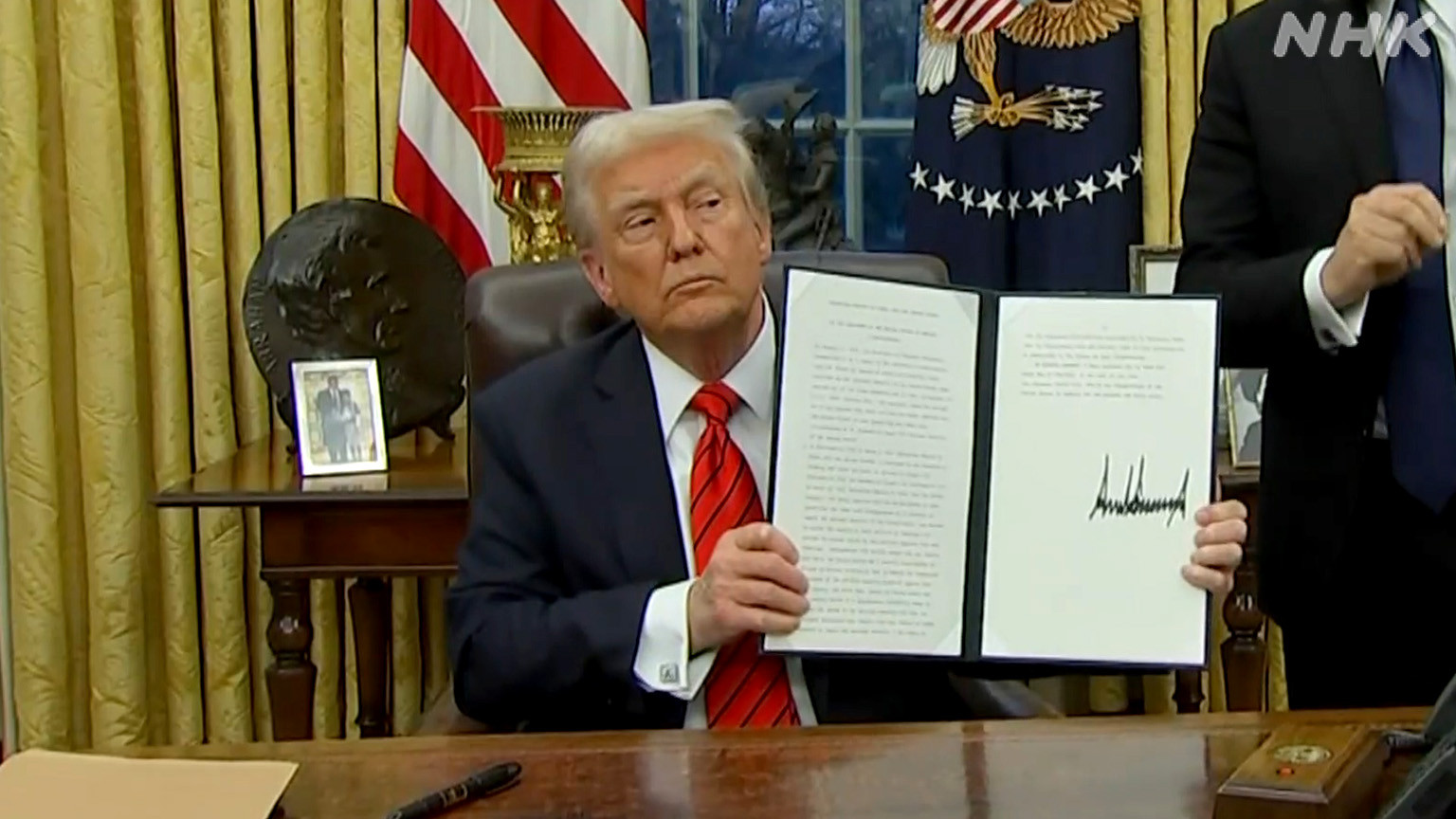


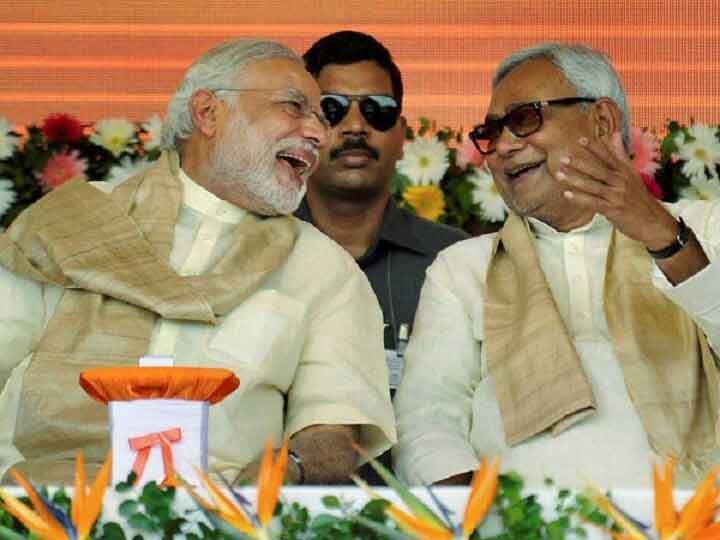

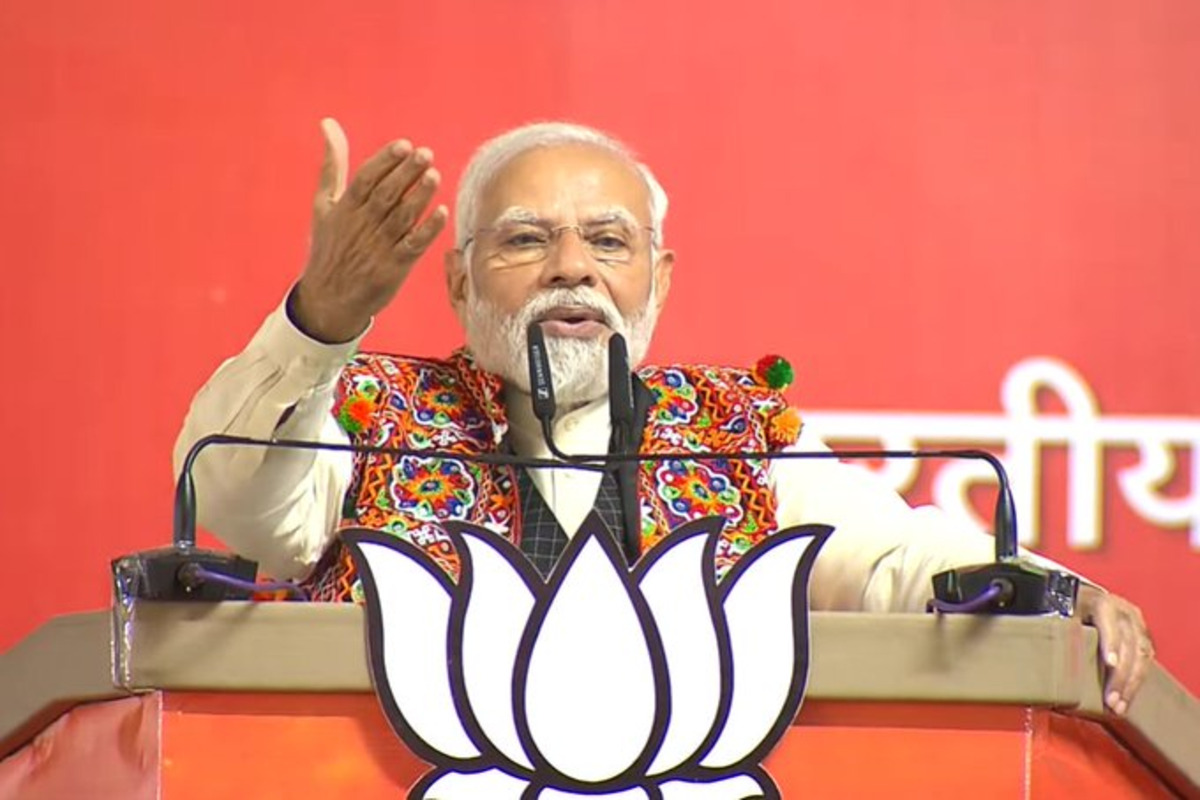

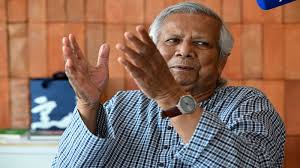







Comments (0)